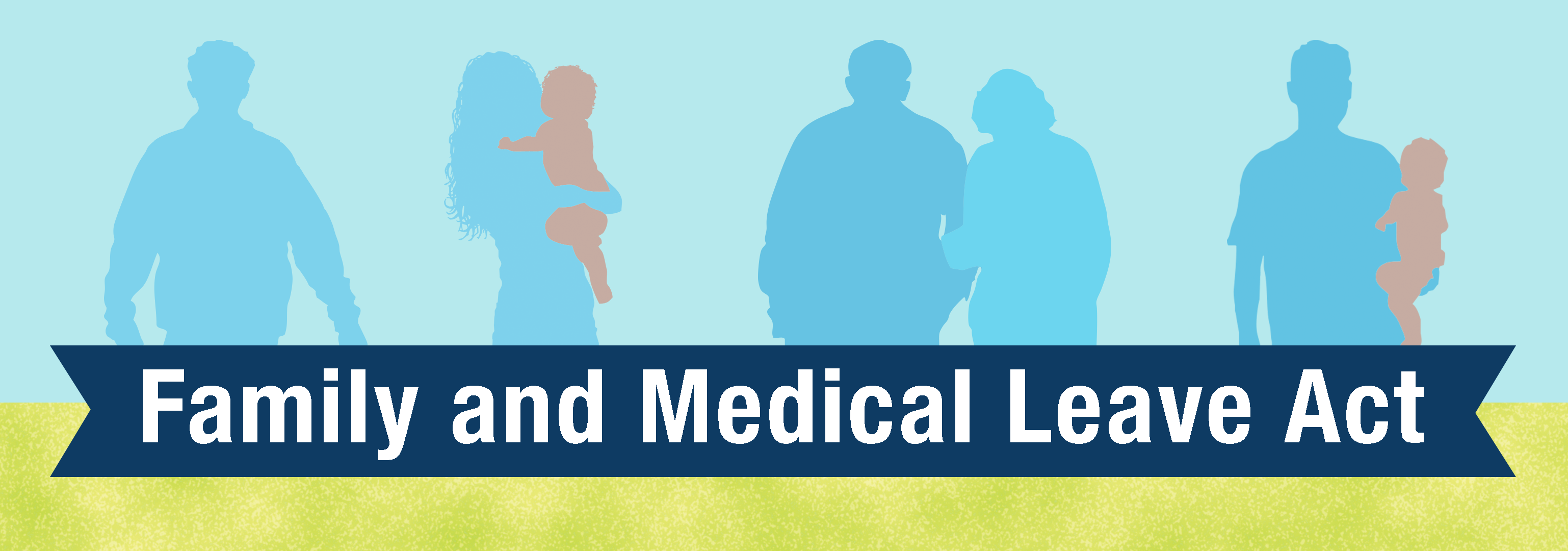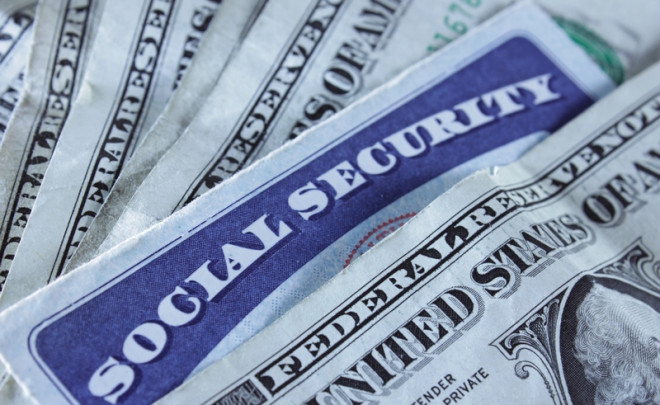With so many individuals and businesses being affected by COVID-19, some are wondering what relief efforts are being made in regards to taxes and the approaching filing deadline. Thankfully, some guidance has been given in the form of the The Families First Coronavirus Response Act.
What’s Happening With The Filing Deadline?
Early on there was confusion surrounding whether there was an automatic extension for filing and paying or just for paying and what was included in the extension for paying.
Treasury Secretary Steven Mnuchin has now announced that the automatic extension is for both filing your tax return and paying any taxes owe for the 2019 tax year. This extension is a 90 day extension, meaning the new deadline to file your tax return and pay any tax owed for 2019 is now July 15th, 2020.
What About Estimated Tax Payments?

Included in the extension is also the first quarter estimated tax payments for 2020, which would generally be due on April 15th. The same extension period will apply, making the new due date for first quarter estimated tax payments July 15th, 2020. In addition to the extension to pay taxes owed for 2019 and the first quarter estimated tax payments for 2020, there will be no penalties or interest that will accrue on these amounts as long as they are paid by July 15th, 2020. There is a cap though for individuals and corporations for how much can be delayed. Individuals may delay payments up to $1 million and corporations may delay payments up to $10 million.
Payroll Relief For Employers
Along with an extension to file and pay for individuals and corporations, The Families First Coronavirus Response Act is providing tax credits for employers to apply toward their payroll taxes. The credit relates to qualified family leave wages and qualified sick leave wages paid to employees during a period that begins within 15 days of enactment (to be designated by Treasury) and through Dec. 31, 2020.
What Qualifies As Family Leave Wages and Sick Leave Wages?
Employers with less than 500 employees are required to provide public health emergency leave (family leave wages) to employees when they are unable to work or telework. The inability to work must be due to the need to care for their child who is under 18 because their school or place of care has closed or a child care provider is unavailable due to a public health emergency related to COVID-19.

Employers with less than 500 employees are also required to provide up to 80 hrs of paid sick leave through the end of 2020 if the employee is unable to work or is caring for someone due to being quarantined, self-quarantined, or having COVID-19. This sick leave also applies to those employees who must care for their children due to their school’s being closed because of cautionary measures related to COVID-19.
Employers with fewer than 50 employees can be exempt from providing family leave wages and sick leave wages.
How Is The Tax Credit Applied?
The credit is applied to the employer’s portion of OASDI (old age, survivors, and disability insurance). For family leave wages, the credit is available for up to $200 per employee per day for family leave wages up to a maximum of $10,000 in wages. The credit is also increased by the amount of Medicare tax on family leave wages.

Like the family leave wages, the credit for sick leave wages is also applied to the employer’s portion of OASDI. For sick leave wages, the credit is available for up to $511 in wages per day for employees who are quarantined, self-quarantined, or who have COVID-19 and up to $200 per day for all other employees. The credit is available for up to 10 days per calendar quarter and like the credit for family leave wages, the credit amount is increased by the amount of Medicare tax on sick leave wages.
To avoid double benefits, the employer’s gross income will increase by the amount of the credit. The credit may not be applied to wages where a credit has already been claimed. For instance, if a credit is being applied to wages paid for family leave, those same wages are not eligible for a credit for sick leave. The credit also does not apply to the federal government, state government, or subdivision of a state government.
What If You’re Self-Employed?
Self-employed individuals are not being left out of the credit. They are eligible to receive a refundable credit against income tax for qualified family leave wages or sick leave wages. Again, the credit may not be applied to wages where a credit has already been claimed.
In a Nutshell
There is currently much uncertainty surrounding the economy, jobs, and our day to day lives (at least for the next few weeks and possibly months). However, measures are being taken to help ease the tax burden on everyone. This blog will remain updated weekly to provide any additional information that will help fellow taxpayers. If you have any questions please feel free to comment below.
For more information, you can also visit the IRS web page that outlines the extension and credits here.
